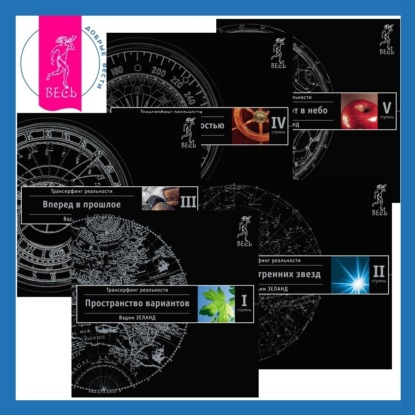For a wide spectrum of applications, the wireless sensor network (WSN) technology exhibited revolutionary advantages when compared to traditional solutions. Among all the energy-saving and network throughput improvement schemes, topology control has been well recognized as an effective one. In traditional topology control, a wireless network is represented using the deterministic model that assumes a pair of nodes is either connected or disconnected. Rich empirical studies have shown that in most practical environments, lossy links of intermittent connections account the dominating majority of WSNs because various reasons.By successfully leveraging these lossy links, higher energy-efficiency and network capacities are feasible. By traditional approaches, however, WSN topologies can hardly be well characterized. Motivated by this, we in this book discuss a new model call probabilistic topology control, fully taking the lossy links into account. We prove that in general PTC is a NP-hard problem. Based PTC we propose two algorithms CONREAP and BRASP, and one routing algorithm. Analysis and experimental results showed that these algorithms are very effectively. Это и многое другое вы найдете в книге Probabilistic Topology Control in Wireless Sensor Networks (Yunhuai Liu)
Probabilistic Topology Control in Wireless Sensor Networks Yunhuai Liu (книга)
Подробная информация о книге «Probabilistic Topology Control in Wireless Sensor Networks Yunhuai Liu». Сайт не предоставляет возможности читать онлайн или скачать бесплатно книгу «Probabilistic Topology Control in Wireless Sensor Networks Yunhuai Liu»















